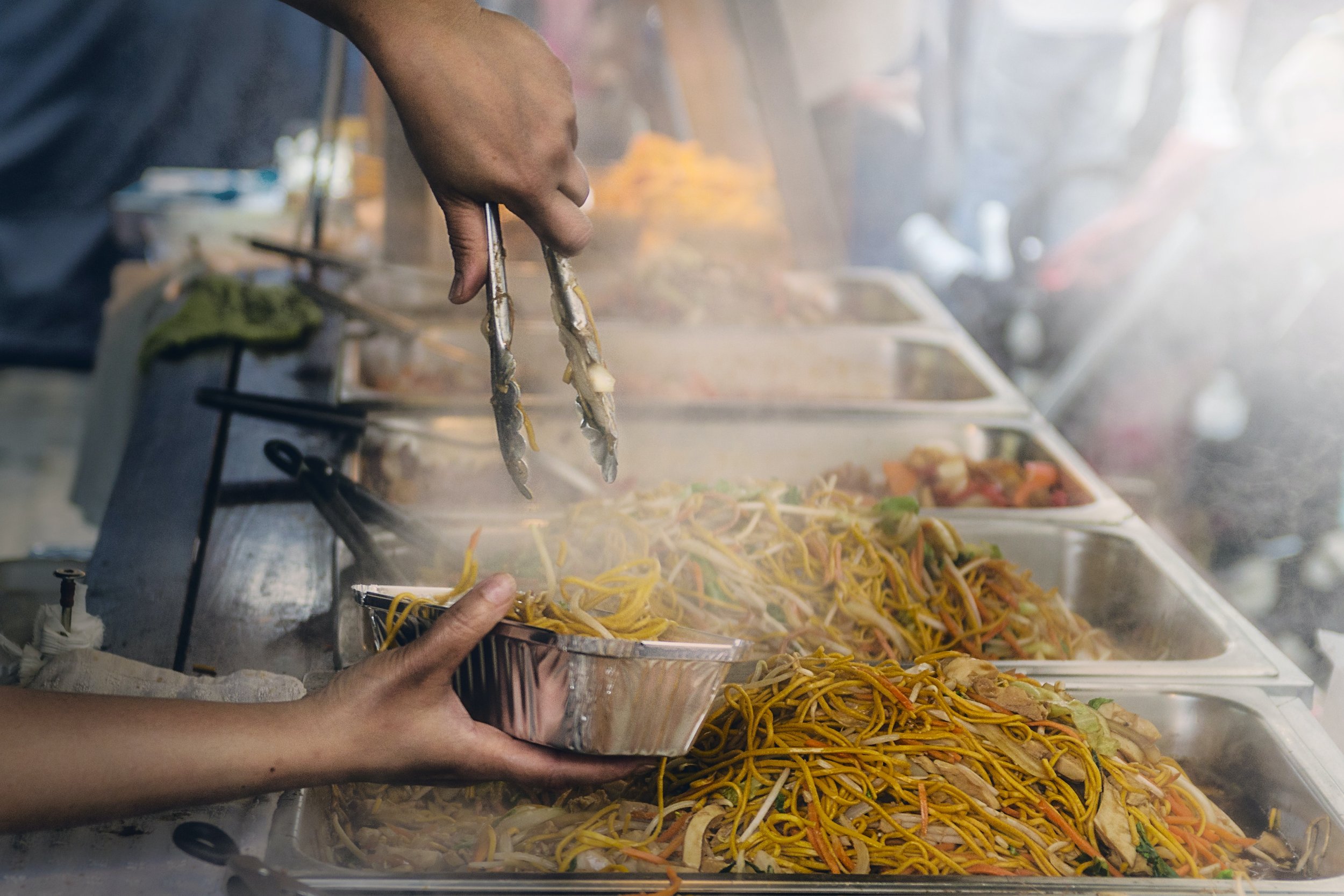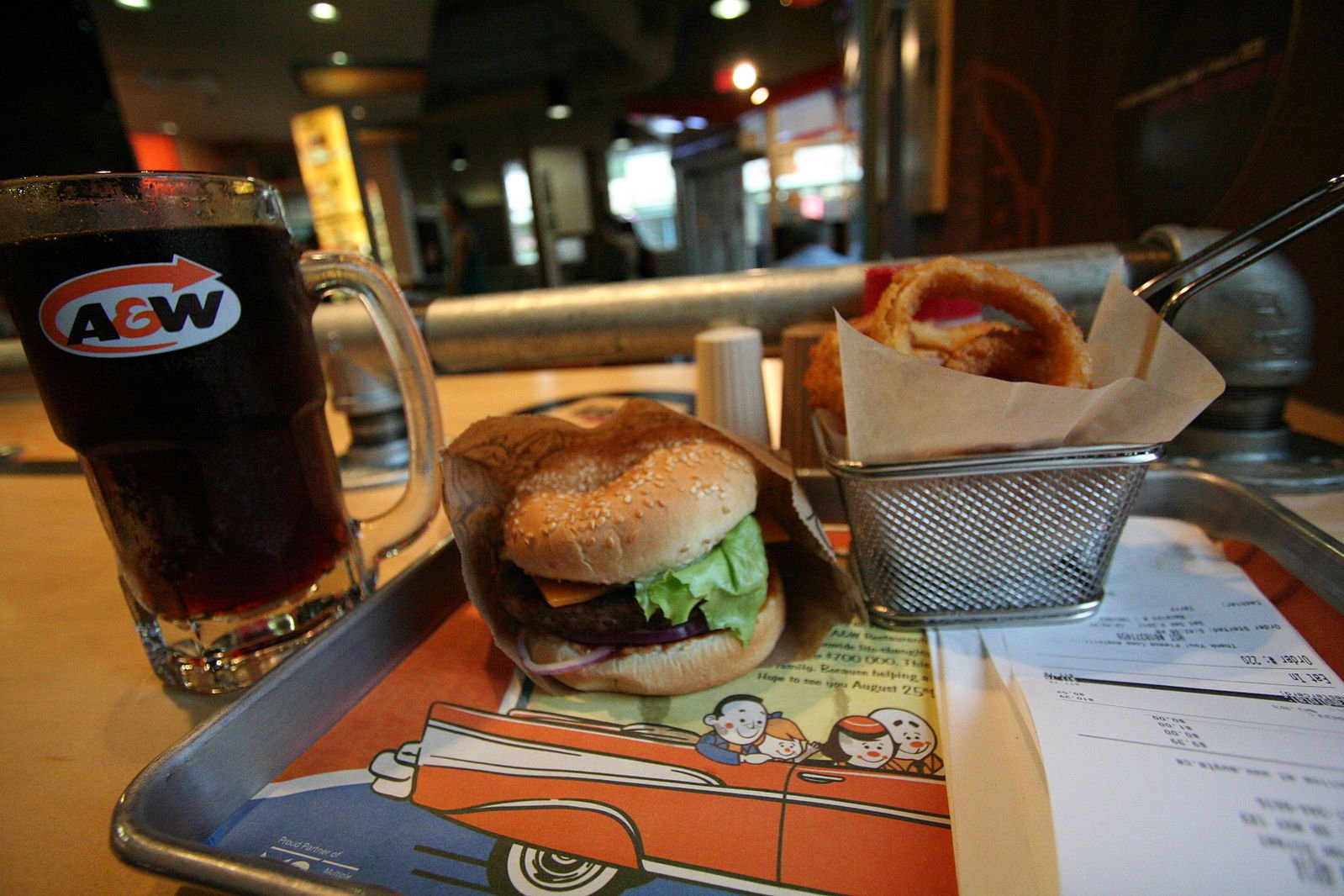From food workers to culinary writers, varying perspectives unite love and food as a singular focus
By: Rowan Flood
A meal shared among family in Alexandria, Egypt. (Sama Nemat Allah/CanCulture)
In the early ‘90s, Russell Belk, a Toronto-based professor and researcher in gift-giving, spent a year living in Romania. To this day, he recalls both a heart-warming and heart-wrenching story about his time there. The story involves his hosts going to great lengths to show their hospitality.
In Romania, Belk and his wife would sometimes be invited to people's homes for meals. When Belk would arrive, their hosts would only have prepared food for him and his wife, not themselves — often due to monetary limits. Rather than citing the reason, they would apologize, saying they had already eaten.
This meant they had invited guests over to their homes and provided them with a meal by restricting their own intake.
“They were literally sacrificing their meal for us,” said Belk. “That’s a part of the hospitality tradition.”
This is one example of how food is used to communicate. Through this act of holding the health of their guests above their own, the family in Romania demonstrated respect and immense generosity.
Food allowed the family to express a form of love in a silent yet memorable way. It is a universal gift because “food is life,” said Belk.
His research and experience in different cultures continues into the SWANA (Southwest Asian and North African). In this region, he observed that hospitality rituals involving food are given much significance.
He mentioned one tradition in Islam — although not always practiced as much anymore: if someone knocks on your door, you should invite them in, even if they’re an unknown face. You welcome them into your home for up to three days before asking who they are and their reason for coming, explained Belk.
“You should feed them during this period,” said Belk. “Hospitality is that important.”
The act of providing food to an unknown individual without question is a way of communicating kindness without words. The selfless act can be compared to saying a thousand caring words, yet it speaks in its own way: by allowing actions to communicate something different and personal for everyone.
Bonding through food is seen often through acts such as family meals, eating out with friends, baking bread for neighbours and much more. This was the first home-cooked meal shared amongst roommates in Toronto. (Sama Nemat Allah/CanCulture)
Another way that food enables communication is by allowing people to speak the languages of the food’s cultural background. Karon Liu, a food reporter at the Toronto Star, told CanCulture of a place in Scarborough, Ont. called Great Fountain Fast Food. Here, he's witnessed food enable people to practice speaking a language.
Liu explained that during the ‘80s and ‘90s, this area in Scarborough had a lot of people from Hong Kong. Now, he's seeing younger people trying to learn or re-learn Cantonese go to the restaurant. In particular, he said that generation Z and first- and second-generation kids have been flocking to Great Fountain since its social media grew exponentially during the pandemic.
“Every time I go there, I see these really young 20- and 30-somethings sheepishly go up to the counter and try to order something in Cantonese; they’re trying so hard,” said Liu.
Liu explained that even though the employees of Great Fountain do speak English, these guests he sees insist upon speaking Cantonese with them.
Speaking the language is a way of connecting to people's cultures, but so is eating and cooking food. Liu spoke from his own experience — of having his grandma pass away and being able to continue feeling a connection despite the loss:
“The easiest way was to try to replicate the dishes that she ate,” said Liu.
Restaurants and other food settings also enable connection and socialization. According to Liu, kids can come to food courts after school to hang out, while older generations can go catch up in the morning with a newspaper.
“The food court is a third place for a lot of people — a lot of people don’t go there to just eat and leave,” said Liu. “It's a communal place.”
In addition, dining out can be a joyful, loving and exciting experience. Ashleigh Kasaboski, front-of-house manager at Black Rabbit, believes that eating at a restaurant and sharing food creates conversations and memories. From fighting for the bill to singing happy birthday around a candle-lit cake, gestures involving food enable us to show love to each other, said Kasaboski.
Although the power of food is clear and the joy it brings is distinctly felt, there is another life to food: the lack and excess of it.
Loaves and Fishes in Nanaimo, B.C. is a food bank that provides food across Vancouver Island and battles food waste in the area. Director of development Abby Sauchuk told CanCulture that there is another issue that plays into Canada’s hunger problem: waste.
“The food is there; it is just getting wasted,” said Sauchuk, mentioning how grocery stores would just throw out food if they weren’t giving it to her food bank.
Shelves within the Loaves and Fishes food bank on June 14, 2022. (Rowan Flood/CanCulture)
This is because grocery stores always have new food shipments lined up, and therefore must rotate older items to ensure the newest ones have space. This is where food banks like Loaves and Fishes come in handy, as dropping off excess food here also saves grocery stores money on paying garbage disposal fees.
In subtle yet impactful ways, the work by food banks speaks volumes. Offering access to food improves the lives of those living with food insecurity and communicates that there are people who care. At Loaves and Fishes, after food gets sorted, it goes to one of 12 depots across Vancouver Island — where it is given to those in need without any questions or proof of income.
“We don’t choose what [patrons] are going to eat for them; that’s their decision,” Sauchuk said.
The idea of choosing what to do with food is telling. Eating at a restaurant is an immense luxury for some, while a daily routine for others. Food banks are a regular part of life for some families and individuals, while foreign to others.
Yet, food is still at the centre of all these contrasts. And its ability to demonstrate love, compassion and respect is what makes it truly powerful.













































































